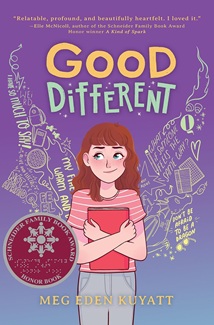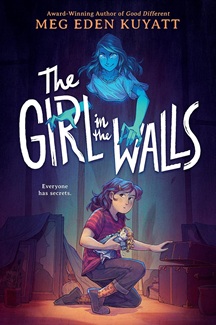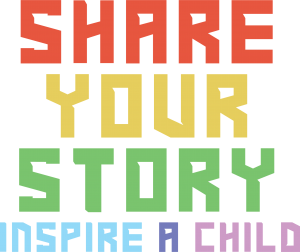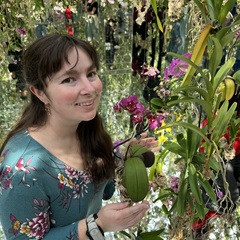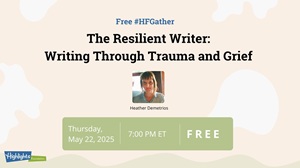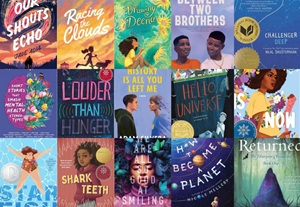We’d like to thank Highlights community and faculty member Meg Eden Kuyatt for this booklist!
From Meg:
As a neurodivergent person, I know from personal experience just how critical authentic neurodivergent representation is. When I see myself in books with neurodivergent protagonists, I can’t help but cheer! I’ve tried to focus on titles here by authors with personal lived experience as neurodivergent. Any mistakes are my own. I know there are so many more neurodivergent books coming out, which is amazing, but here are a few I particularly enjoyed.
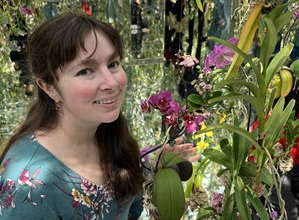
Neurodivergent Bookshelf
Picture Books & Chapter Books
Flap Your Hands: A Celebration of Stimming
By Steve Asbell
I love how this book normalizes and celebrates stimming! The ending is especially hopeful, reminding that no feeling or sensory sensation has to overpower us, especially when we can self-soothe and stim!
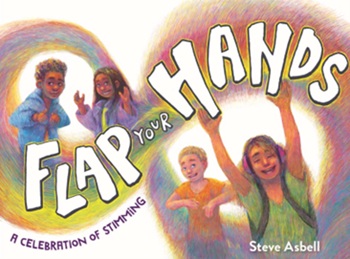
Bitsy Bat, School Star
By Kaz Windness
Bitsy Bat uses the fantastic metaphor of an “upside-down” bat in a world of mammals. At school, everything she does is perceived as “wrong” because it is different from the world of her classmates and instructor. But Bitsy learns to find joy in her differences and takes initiative to celebrate the strengths of not just herself but her classmates. This picture book is a great way to introduce readers young and old to being neurodivergent in a neurotypical world, as well as how to welcome neurodivergent folks and create a neurodivergent-inclusive space.
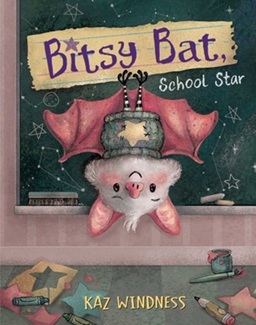
By Jen Malia
Illustrated by Peter Francis
The Infinity Rainbow Club is a school club for neurodivergent kids, and I wish I could join! Each book centers on a different child with a different kind of neurodivergence. The series explores intersecting identities of race, culture, and neurodivergence. Author Jen Malia handles the issues these kids encounter with such care, and in a perfect way for a chapter book reader. I’m excited to read more!
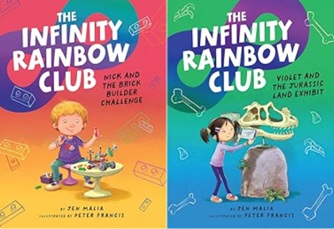
Written by Jolene Gutiérrez
Illustrated by Angel Chang
This picture book is a great way to introduce readers of all ages to the idea of sensory sensitivity and overstimulation, as well as how to help folks who have sensory needs. I especially loved the informative backmatter with concrete suggestions on how to handle overstimulation and sensory needs. I wish I had this book when I was younger to better understand where my autistic burnout and exhaustion comes from.
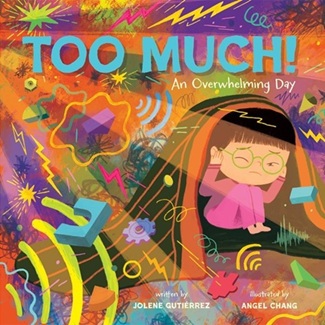
Written by Anna Housley Juster
Illustrated by Cynthia Cliff
I loved how practical this book is! We’re rarely taught about our neural anatomy, so having a book teach kids (and even adult readers) what their amygdala is, why we have anxiety, and concrete ways to calm our brain when feeling anxious or overwhelmed is so incredibly needed and timely!
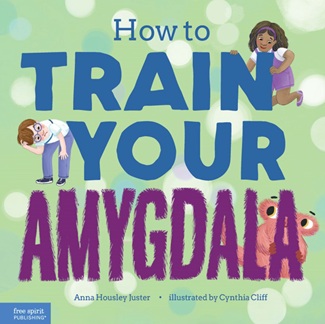
Middle Grade books
By Rosena Fung
The way Rosena Fung captures anxiety in this graphic novel is so relatable. Both kid and adult readers will resonate with the way Livy’s anxiety manifests as this shadowy figure of Viola. The visuals make it even more visceral and accessible.
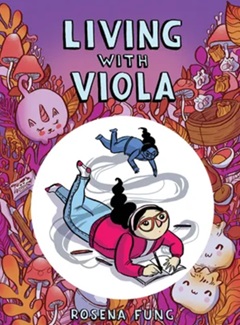
By Sally Pla
The Fire, the Water and Maudie McGinn is particularly compelling in how it portrays the intersection of abuse and neurodivergence. Maudie’s abuse makes her prone to doubt herself and her place in the world. She sees herself as “a girl with glitches” and has to learn to not mold herself for others but find confidence and joy in her own unique wiring. This book also does a great job of portraying a nuanced portrayal of the ramifications and trauma of ABA therapy and Autism Mom culture, which we need more of in media.
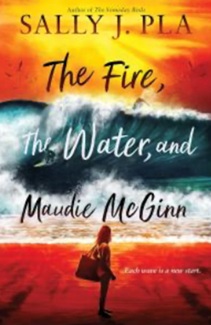
By Emily Barth Isler
The Color of Sound explores synesthesia and burnout with a magical time travel twist. Kids who have felt the “prodigy” or “gifted-and-talented pressure” will greatly resonate with Rosie and her need to take time to discover who she is outside of music. I love how this story also intersects with generational trauma and family as Rosie gets to know her grandparents, as well as a younger version of her mother, reminding neurodivergent and neurotypical readers alike that people have complex stories behind their actions.
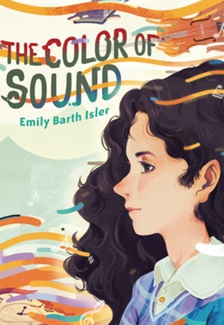
By Elle McNicoll
Show Us Who You Are is a speculative novel, asking readers: how might we use technology to replicate loved ones before they pass, so in a way, no one ever has to die? How would we want to remember them? How do we process and avoid grief through technology? And how might technology with an ableist focus create an erasure of neurodivergence? The novel gives this speculative backdrop but focuses on authentic interactions and a beautiful relationships between the autistic protagonist Cora and her ADHD friend Adrien. The way Cora and Adrien express the pressure a neurotypical society imposes on neurodivergent people is resonant and nuanced. It also does a great job of showing the similarities and differences between autism and ADHD in a compelling way.
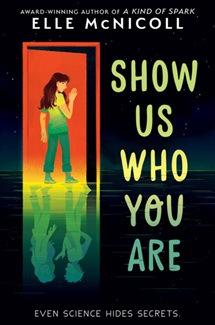
By Mike Steele
This is such an empowering delight of a book! I can’t think of too many historical books on neurodivergence, so I really enjoyed seeing an ADHD protagonist who makes friends with a deaf girl. A very tender, thoughtful story of two girls with different divergences finding community in each other, and learning to speak up for their learning needs.
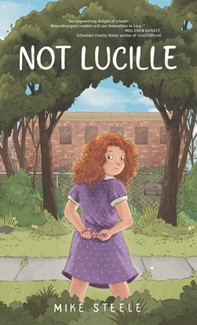
By Christine Day
Maisie struggles with very relatable anxiety, depression, and physical challenges when not being able to keep up with ballet (or her ballet friends) after an injury. Mixed with these challenges is a very compelling family mystery that had me quickly turning the pages, wanting to know more. It was also lovely seeing Maisie learn about and connect to her Native American heritage.
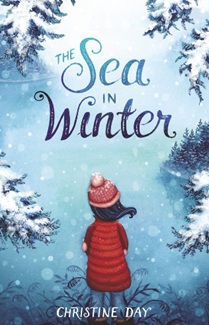
By G. Haron Davis
Oh, Eva is so relatable—with the masking, the food aversions, the learning how to talk with different people, how do adjust her talking for others. I loved seeing the intersection of autistic and Black experience, and how this impacted our protagonist. Overall, a fun, spooky story with depth, intersecting with the horrors of real-world history.
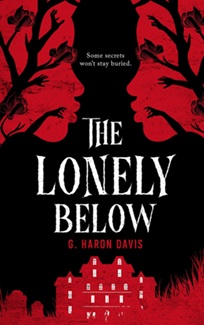
By Jasminne Paulino
Alex’s neurodivergence isn’t clearly specified on the pages, but many readers will deeply resonate with the ways he’s been continually underestimated and infantilized, with people who “celebrate / the regular stuff” and are concerned that standard classes and extracurriculars will be “too much” for him. Alex fights and persists to be heard, even when fellow students disparage him, reminding readers and parents alike that change is possible and worth fighting for. I also love the generational neurodivergence represented in this story.
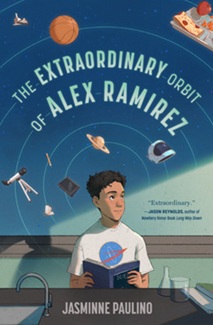
Young Adult Books
All the Noise at Once
By DeAndra Davis
All the Noise at Once tackles so many critical and necessary conversations with such care and thought. Some of those topics include racism, classism and class segregation, the stress of excellence and being a “model citizen,” family expectations, ableism and neurodivergent treatment in a neurotypical world, police brutality and power imbalances. The book never feels bloated or didactic. These topics are all so organically woven into the narrative that they only invite the reader to engage and think about the systems in the world we live in. All the Noise at Once is realistic in the difficult, but also the hopeful. Aiden and Brandon and their friends and family go through so many hard things, but there is also light at the end of the tunnel. There is also joy and humor and a promising future. Especially in these times, a dose of realistic hope is more important than ever.
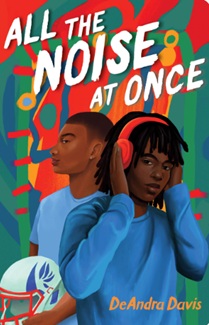
By Christine Webb
Bipolar disorder often gets negative representation in media, so when I heard about The Art of Insanity, I was excited to find a book with a protagonist from this lived experience who makes mistakes but also learns to accept her diagnosis and seek help. Even though the novel focuses on the experience of coming to terms with bipolar disorder, the journey is so relatable for all sorts of diagnoses in a world that stigmatizes mental illness and neurodivergence.
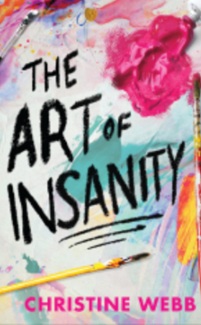
Edited by Bex Ollerton
This graphic novel anthology is a great resource for autistic folks, as well as allistic folks who are looking to better understand autism and how to support their autistic friends. The anthology nature also means that there are diverse perspectives represented on what it means to be autistic, which is so important as every experience is different.
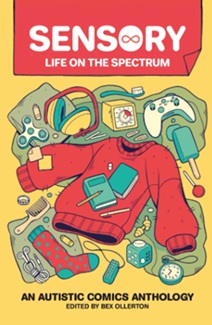
By Anna Priemaza
This was one of the first kidlit books I read with explicitly neurodivergent characters, and it was so meaningful to see reflections of myself as well as those I love in this book. As someone who gets overstimulated, I related to and really appreciated the representation of Kat’s anxiety and panic attacks. Hearing Meg’s voice also helped me better understand ADHD. The voices are wonderfully distinct and relatable.
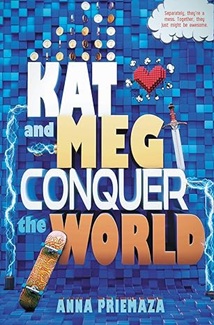
Highly Anticipated Forthcoming Releases:
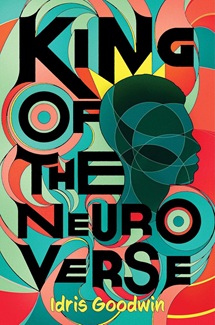
King of the Neuroverse
By Idris Goodwin
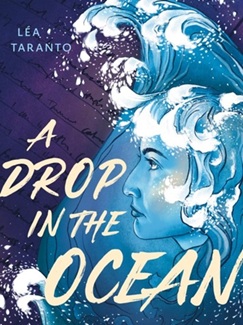
A Drop in the Ocean
by Lea Taranto
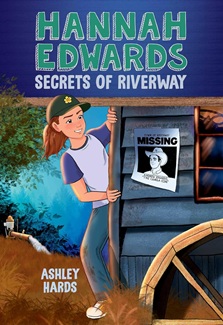
Hannah Edwards Secrets of Riverway
By Ashley Hards
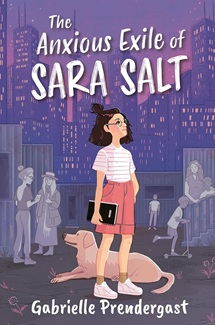
The Anxious Exile of Sarah Salt
By Gabrielle Preudergast
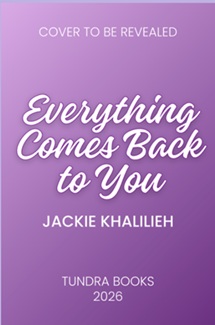
Everything Comes Back to You
By Jackie Khalilieh
About Meg Eden Kuyatt
Meg Eden Kuyatt is an autistic author who teaches creative writing at colleges and writing centers, including assisting in courses at the Highlights Foundation. She is the author of the 2021 Towson Prize for Literature winning poetry collection Drowning in the Floating World, the forthcoming obsolete hill (Fernwood Press) and children’s novels including the Schneider Family Book Award Honor-winning Good Different, and the forthcoming The Girl in the Walls (Scholastic, 2025). Find her online at megedenbooks.com.

